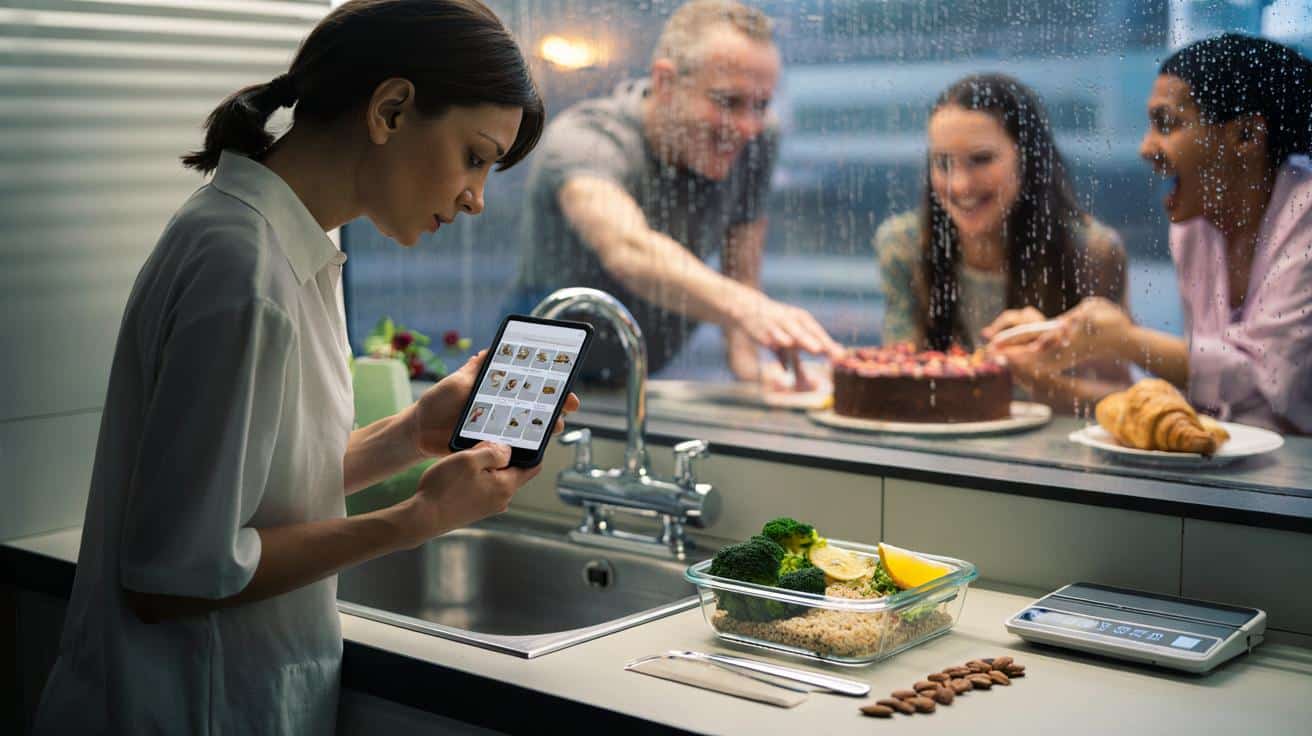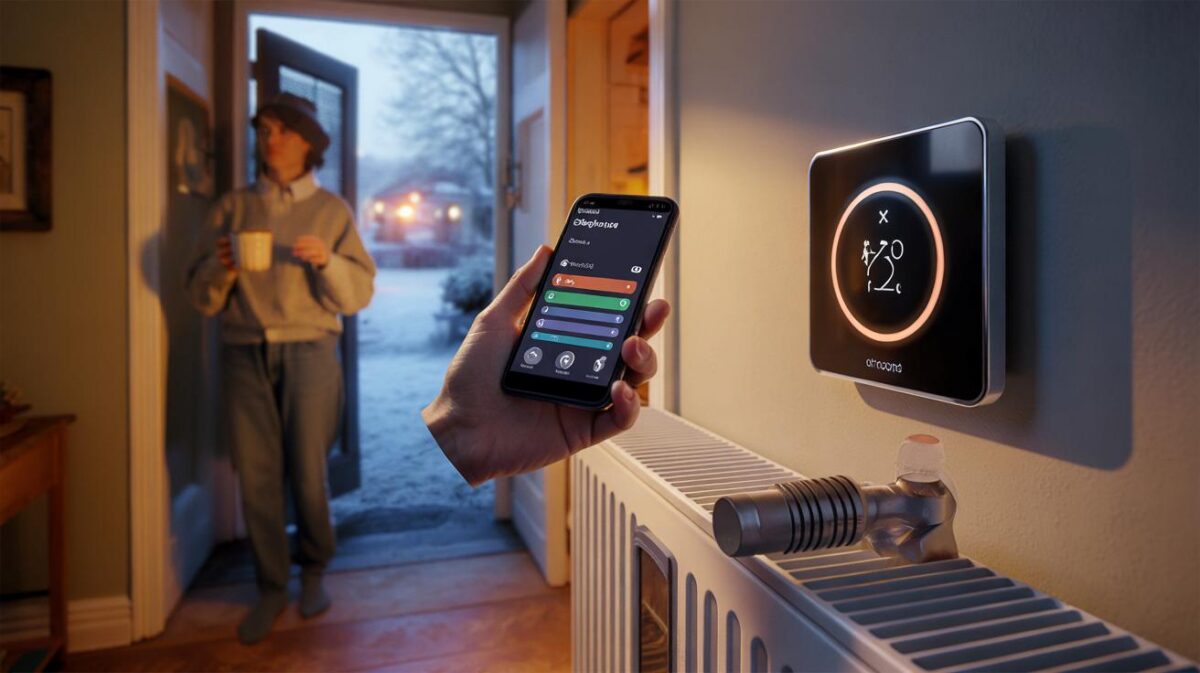Swap beige snacks for green smoothies, read labels like love letters, and glow from the inside out. Then the rules tighten. Meals shrink. Invitations become tricky. And the word “clean” quietly makes everything else sound dirty.
On a drizzly Tuesday in London, a colleague unzips a glass container at lunch. Quinoa, steamed broccoli, a lemon wedge. She smiles, apologises for the smell, refuses the office birthday cake because “it’s not clean”. People nod, a bit impressed. Later, I watch her stand by the sink, scrolling through a feed of spotless bowls and spotless bodies. It started as a health kick. Now, she’s counting almonds and leaving dinners early. It looks like care. It feels like control. It’s sold as wellness. It whispers punishment. One question lingers in the air.
When “clean” turns into a cage
Clean eating often begins with good intentions: fewer ultra-processed foods, more colour on the plate, a little pride in looking after yourself. Then the halo effect creeps in. Whole foods become “good”. Anything processed becomes “bad”. The joy of a warm naan or a shared dessert turns into a moral test. **Food is not a moral test.** It’s fuel, culture, pleasure, and routine. When “clean” becomes a character trait, every choice starts to feel like a confession.
Ellie, 28, tells me she started with a 30‑day “eat clean” reset. It felt empowering. She slept better, posted recipes, got praise. By week five, oil felt scary. Bread meant “bloat”. She dodged pubs because menus looked like landmines. We’ve all had that moment when a simple sandwich suddenly carries a verdict. That shift—from curiosity to fear—doesn’t announce itself. It arrives quietly, then rearranges your life around ingredients and rules you never voted for.
There’s a reason this happens. Label a food as forbidden and your brain treats it like a scarce resource. Cravings rise, attention narrows, and you either white‑knuckle through or swing to the other extreme. That “clean/unclean” lens also binds your self‑worth to your plate. Slip once, feel like a failure, double down. It’s a loop. The tighter the rules, the louder the food noise. What started as care turns into a constant audit: good day, bad day, clean day, dirty day. It’s exhausting, not virtuous.
How to loosen the grip
Try a “gentle exposure” week. Pick one food you’ve labelled off‑limits—say, a bakery croissant—and plan it into a calm morning, not as a cheat, but as part of breakfast. Pair it with protein and fruit. Eat sitting down. Notice the texture, the warmth, the first few bites when flavour is loudest. When satisfaction shows up, pause. The aim isn’t to fix appetite in one day. It’s to prove that a previously scary food can live on your plate without stealing the room.
Shift your language. Swap “clean” and “junk” for “often” and “sometimes”. Use “more” and “less” instead of “allowed” and “forbidden”. Build plates with three anchors: something that gives energy (carbs), something that supports you through the next hours (protein), something that brings joy (fat, crunch, spice). Let’s be honest: nobody really does that every day. Real life is office fridges, late trains, kids’ leftovers. Aim for calm patterns, not perfect days. **Perfection isn’t nourishment.**
Look for the social signs, too. If rules are isolating you, that’s the red flag. Eat with people who talk about life, not macros. Pause the accounts that frame food as a purity contest. Talk to a GP or registered dietitian if food noise feels loud.
“Healthy eating should expand your life, not shrink it,” says a London‑based dietitian I spoke to. “If choices are driven by fear, that’s not wellness—it’s worry dressed up in leggings.”
- Unfollow “clean” scorecards; follow cooks who celebrate flavour and culture.
- Try a “fear food” ladder, one step per week, with friendly support.
- Keep a food‑mood note: what you ate, how you felt, what you needed.
- Use neutral words: “I like this” beats “I’m being good”.
- If restriction rules your day, consider professional guidance to unlearn it.
A kinder lens on eating
Clean eating sells simplicity. Life isn’t simple. Meals are memory, money, faith, time, and taste. The body isn’t a spreadsheet; it’s a conversation. What if “healthy” meant flexible routines, snacks you actually enjoy, and dinners that leave room for laughter? What if your values—care, connection, curiosity—sat at the table, not just your macros? **Your worth is not measured by what’s on your plate.** There’s space between chaos and rules. In that space, food becomes less about proving virtue and more about living a day. Try asking: which choice today will feel kind in three hours? Then build from there. Share a recipe. Share the table. Share the load.
| Point clé | Détail | Intérêt pour le lecteur |
|---|---|---|
| Language shapes behaviour | Dropping “clean/dirty” reduces shame and all‑or‑nothing swings | Fewer binges, calmer choices, more enjoyment |
| Flexibility beats rigidity | Gentle exposure and “often/sometimes” patterns | Sustainable habits without social fallout |
| Health is social, not just nutritional | Eat with people, not just plans; notice isolation | More connection, less food anxiety |
FAQ :
- What does “clean eating” actually mean?There’s no standard definition. It usually means prioritising minimally processed foods and avoiding others, which can slide into moral language and rigid rules.
- Is “clean eating” the same as orthorexia?No. Orthorexia is a pattern of obsessive, anxiety‑driven restriction around “pure” foods. Clean eating can be a gateway if it becomes controlling.
- How do I know if my healthy habits are going too far?Look for fear, guilt, social avoidance, and constant food thoughts. If meals feel like exams, it’s time to rethink the approach.
- Can I eat healthily without strict rules?Yes. Use flexible structures: regular meals, varied colours, proteins, carbs, fats, and foods that satisfy. Curiosity over judgment works.
- What if I have medical dietary needs?Follow medical advice, then build flexibility within those boundaries. Work with a dietitian to keep food neutral, satisfying, and social.








